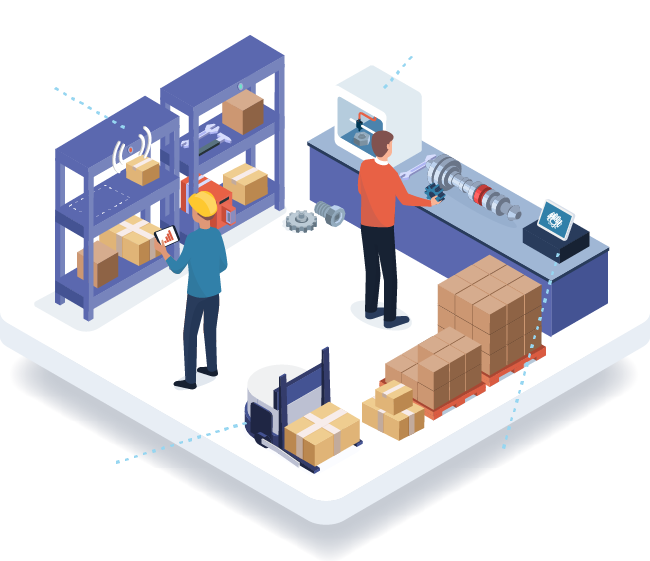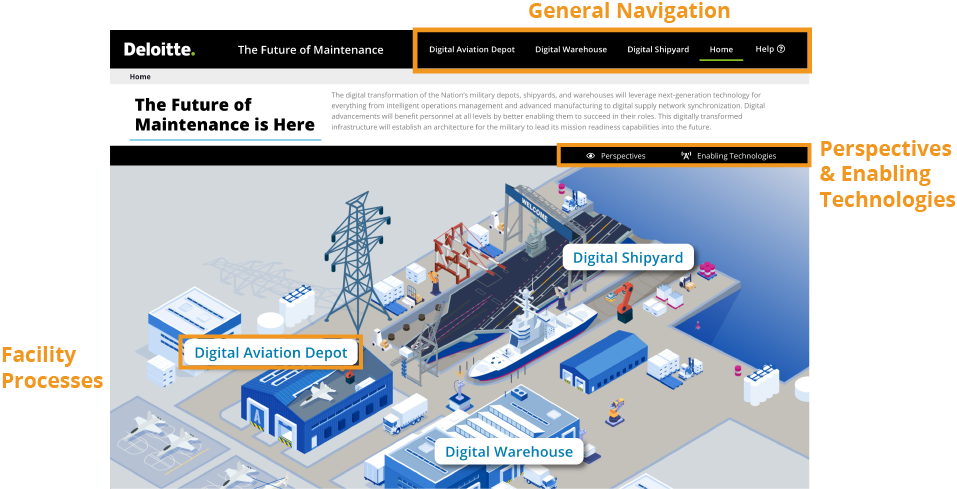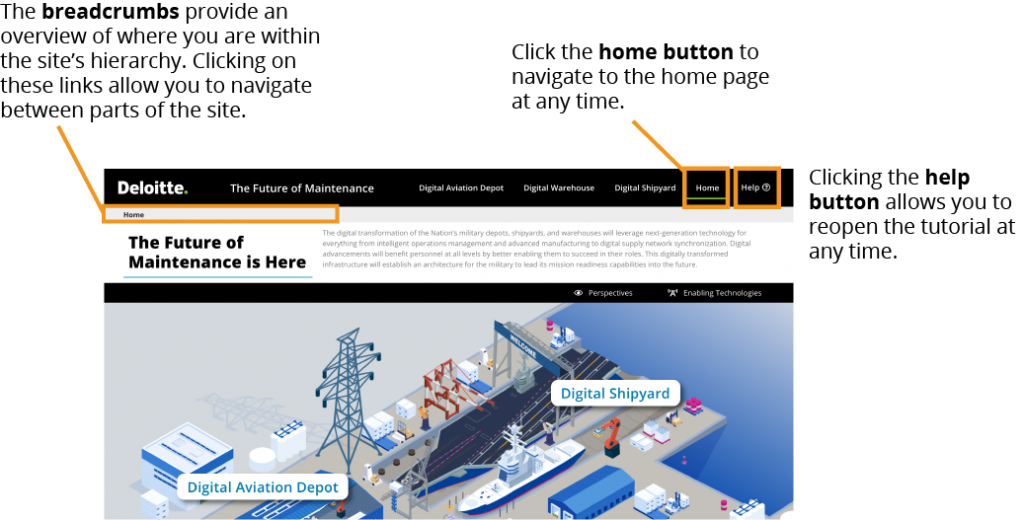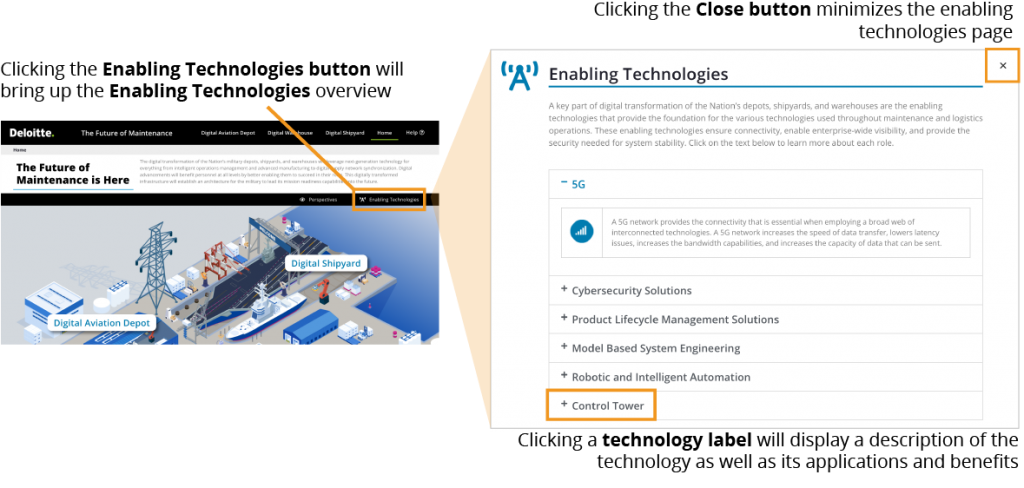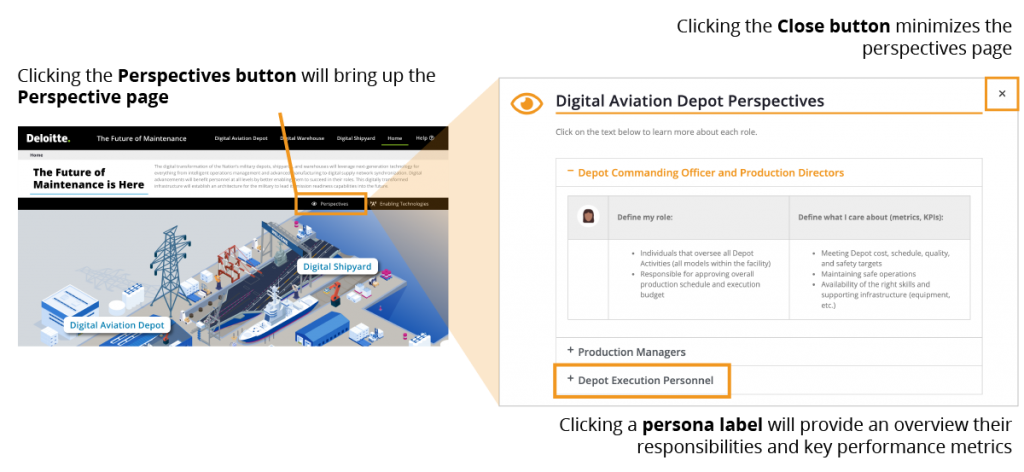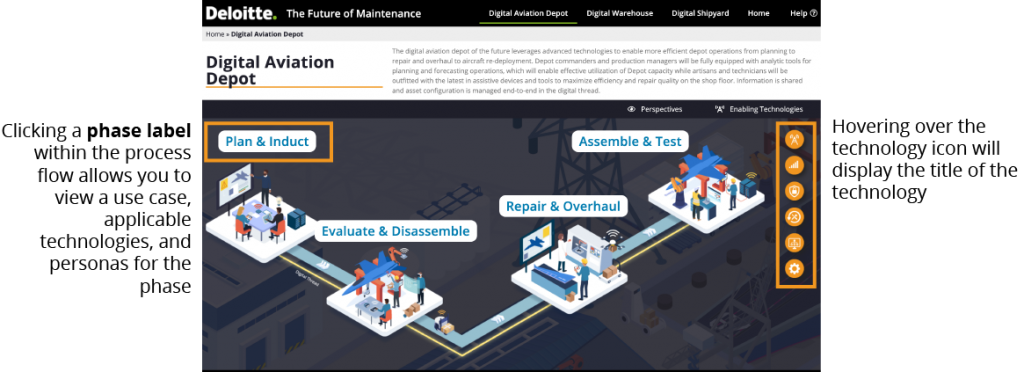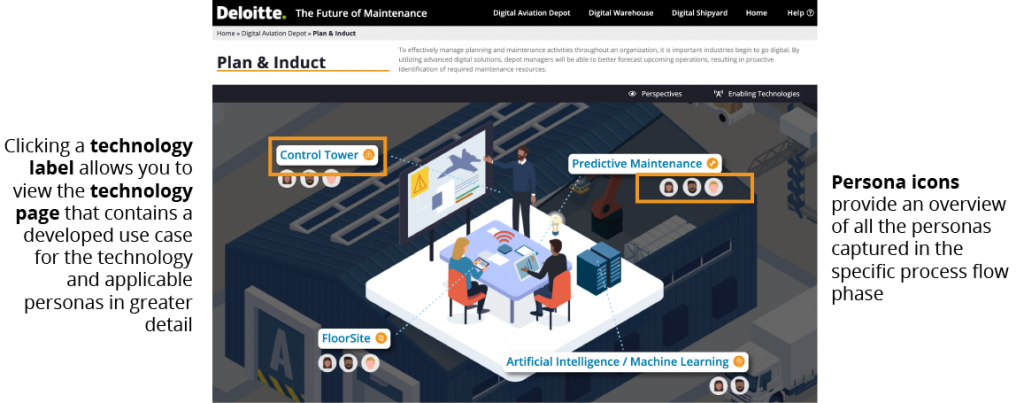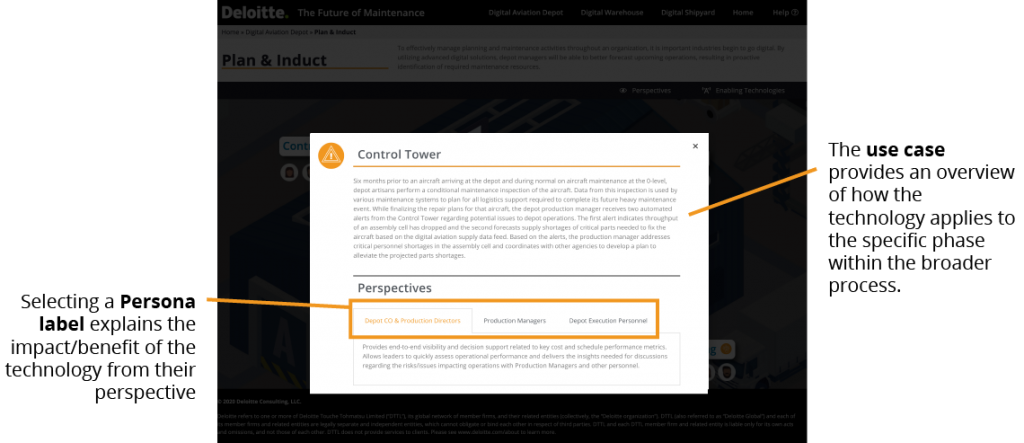Maintenance & Overhaul
Digital technologies provide shipyard workers with an environment of connected solutions which accelerate maintenance/overhaul and allow real-time operational feedback. Sensors tagged to inventory racks/bins trigger automatic ordering when supplies are low. Computer Aided Design (CAD) software allows shipyard workers to examine the digital file of a damaged part, provide engineering with critical information for recommended part redesign to perform better, and put the design through a series of digital tests to ensure performance before the part is ever created. Additive manufacturing allows shipyard workers to create backordered or hard to source replacement parts on-demand. Technical authority decision-making time is also decreased dramatically as digital file transfer increases up the rate of information flow.
